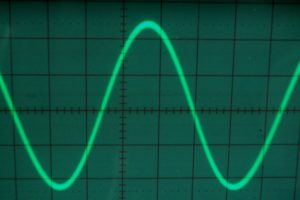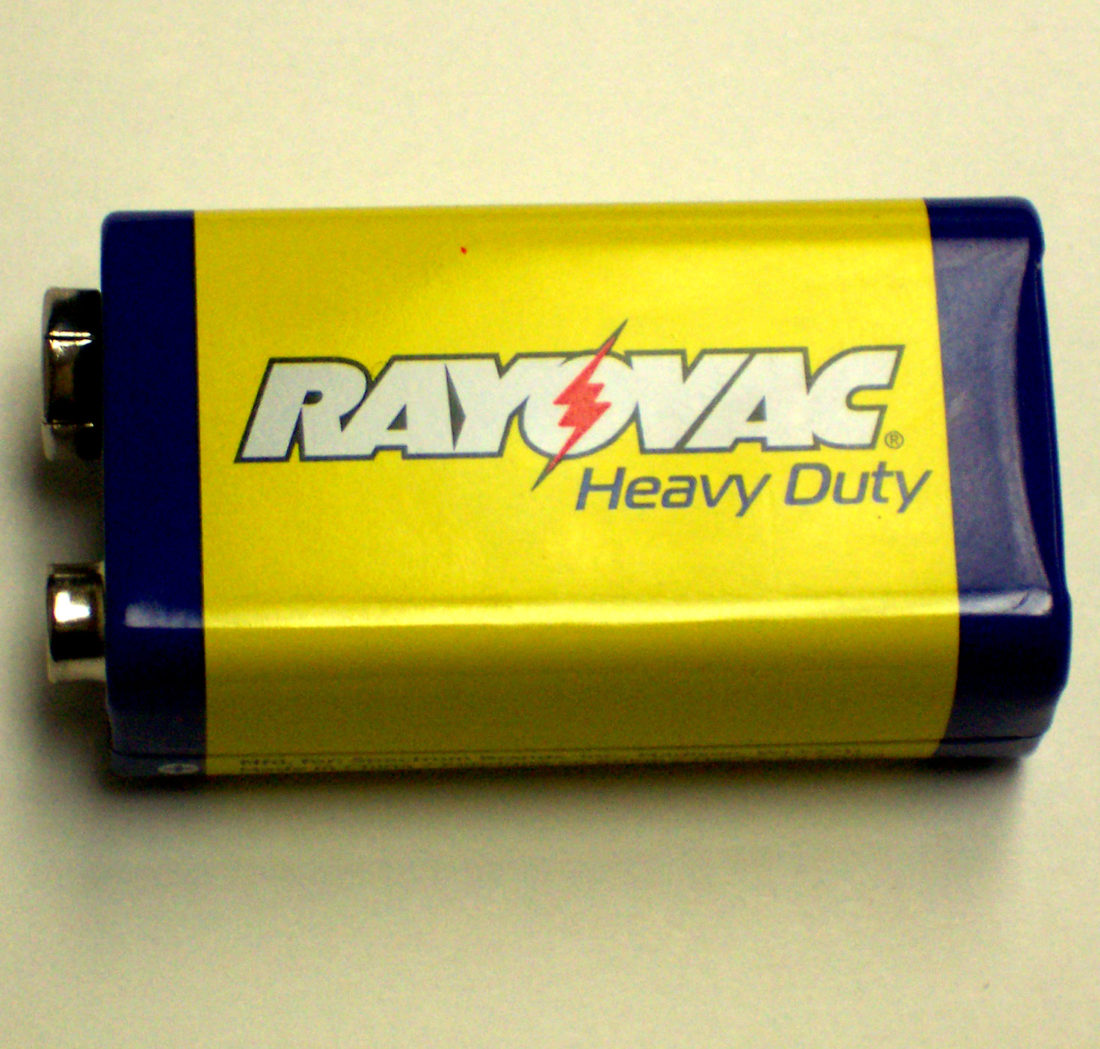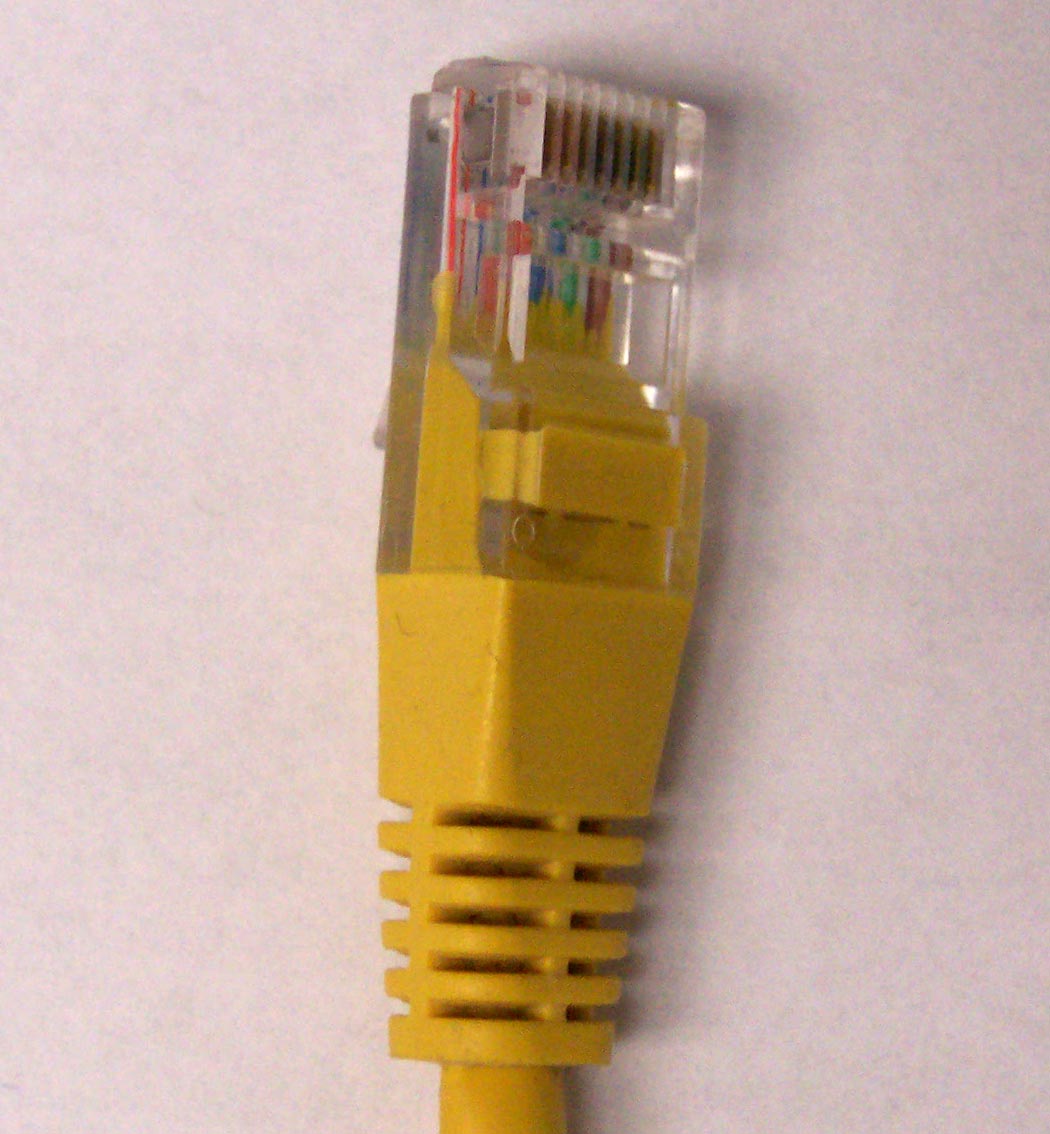WHAT IS SO SPECIAL ABOUT A SINE WAVE?
WHAT IS SO SPECIAL ABOUT A SINE WAVE?
By: Frank McClatchie
First of all, what is a sine wave anyway, and why is that particular wave shape important? The exact shape of a sine wave is very important to the field of electronics because it is the only wave shape that has energy at only one frequency. All other possible wave shapes contain energy at more than one frequency at the same time. As an example, if you take any wave shape, and filter out all frequencies, except the (fundamental frequency) the lowest frequency, the result will be a pure sine wave at that frequency.
PURE SINE WAVES
So what is the shape of a pure sine wave? As the name implies, the shape has something to do with the “sine” of an angle. In this case a positive going zero crossing is considered to be zero degrees, and as the sine tables indicate, the voltage is zero at zero angle. At 90 degrees, the voltage would be at its positive peak value, and all the other voltages in between can be calculated using the sine table and would have the exact voltage that is the sine of the angle between zero and 90 degrees. From the peak voltage at 90 degrees an inverse wave shape goes back down to reach zero voltage at 180 degrees. Then the voltage goes negative to reach the peak negative voltage at 270 degrees that is a mirror image of the positive peak voltage. Next the voltage goes up from the negative peak to zero at 360 degrees, thereby completing a complete cycle. So the sine wave voltage is defined by the mathematical sine of the angle, starting with zero amplitude at zero degrees, and finishing with zero amplitude at 360 degrees having gone through both a positive peak at 180 degrees and a negative peak at 270 degrees. A sine wave test signal source does this in a continuous repetition of cycles to produce a continuous tone.
SYNCHRONIZATION
You will notice that most sine waves are “steady state” waveforms, that is, they do not change shape from one full cycle to the next full cycle, but if the waveform is not exactly the same from one cycle to the next cycle, then the signal is not a pure sine wave and may either have harmonic content, noise, or crosstalk from another unrelated signal.
HARMONIC DISTORTION
When testing a piece of equipment with a sine wave signal you may encounter harmonic distortion that will cause the observed sine wave to have an irregular shape that repeats with every cycle. If the sine wave appears to have distortion that is symmetrical to both upper and lower parts of the waveform then that distortion is “Odd” harmonics of the fundamental frequency. If the distortion is non-symmetrical then it is caused by “Even” harmonics of the fundamental frequency. It is possible for have both types of harmonic distortion at the same time that causes the signal to exhibit symmetrical and non-symmetrical waveform distortion. The measure of distortion is the percentage of all harmonic voltages present in the signal being measured compared with the level of the pure sine wave component. The measurement is referred to as THD or Total Harmonic Distortion.
NOISE
All equipment and cable connections generate noise that combines with and becomes part of your signal. Noise is caused by the movement of atomic particles that make up the conductors and semiconductors in the equipment and cable, and the higher the temperature is the more noise you get. The noise level is related to the temperature of the conductive material. As an example no noise exists at the temperature of Absolute Zero -459.68 degrees F or -273.15 degrees C, where the atoms no longer move to create the noise. But as the temperature increases so does the noise. Noise is usually seen as a non symmetrical high frequency signal superimposed onto the sine wave. It exhibits random instantaneous voltages at all frequencies and has no repeatable synchronous zero crossings. Noise is not a harmonic distortion, but rather a form of crosstalk and should not be associated with distortion.
CROSS-TALK
Any signal that is not noise and non-synchronous to the fundamental frequency constitutes cross-talk injected into the original signal. It is important to distinguish between synchronous and non-synchronous signals when making a measurement, because the synchronized harmonic component is the only thing you can call distortion in the signal, while the non-synchronized component is simply some form of cross-talk or noise from another source. It is quite possible for both distortion and cross-talk or noise to be present at the same time, and it is important to distinguish between the two conditions when making a distortion measurement. Cross-talk will be a coherent signal that is non-synchronous and noise will be a signal that is completely random and non-coherent.
DISTORTION MEASUREMENT
If you are using a distortion analyzer to measure Total Harmonic Distortion, be sure to also use an oscilloscope to view the waveform to determine the character of the signal components. Most distortion analyzers have a monitor output to attach an oscilloscope for viewing. They also have filters for the elimination of 60 Hz hum and high frequencies so that you can distinguish between cross-talk, noise, 60Hz hum, and other sources of interference that are not at all a part of the distortion being measured.





